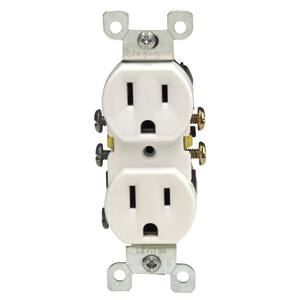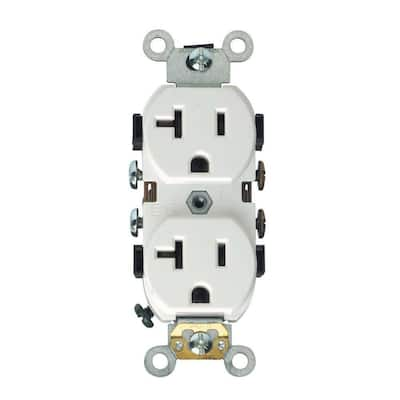I can tell what I've got, but if I had to do it over again, I would do it differently. Part of that comes from the fact that I got my Model S over two and a half years ago, when there weren't even any Superchargers within driving range of where I lived, and I live in Idaho, which is not a very electric car friendly area, so there were not a lot of resources available. I wanted to be very prepared. Also, Tesla did not have any kind of 30A official adapters available for quite along while, so I was adapting 14-50 to other stuff.
I got one of the 30 foot RV extension cords. It has 14-50 plug/outlet on the ends. Then, I have other adapter pigtails to covert 14-50 to other plugs:
10-30 (old dryer)
14-30 (new dryer)
TT-30 (travel trailer at some campgrounds--120V 30A)
Now here are the downsides of this:
First off, an official RV extension has 3 thick wires for hot, hot, and neutral, and a thinner wire for ground. Since the Tesla charging doesn't use the neutral, one of those thick wires is totally unnecessary and just makes the cable more heavy, stiff, and unwieldy. So it's better to just make your own with one fewer wire.
But to take this even further, if I'm going to need to use a 14-50 or TT-30, it's at a campground or RV park where you can almost always get the car close enough to use the regular UMC. I would never need the extension for that. The only place I would need extra length is if I am at a house and need to get up the driveway, into a house, and to the laundry room for a dryer outlet (and I have done that).
So if that's the main/only use case, those dryer outlets are only 30A circuits, so I really would only need an extension that can handle 24A, not 40A. So for that, you can use thinner wire gauge that would make the cable much lighter, cheaper, and more flexible. I don't remember what the gauge is for 24A continuous, so look that up.
And yes, you should have a 5-20 adapter because almost all outdoor wall outlets are 5-20, and it's nice to be able to turn the amps up a little above 12A, even if the circuit won't quite handle 16A. Also, because it's the only official adapter for 20A, so if you want to make a cable to a 6-20 or something like that in the future, you will want that.





